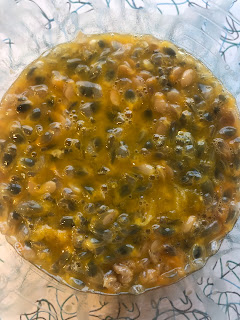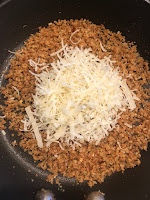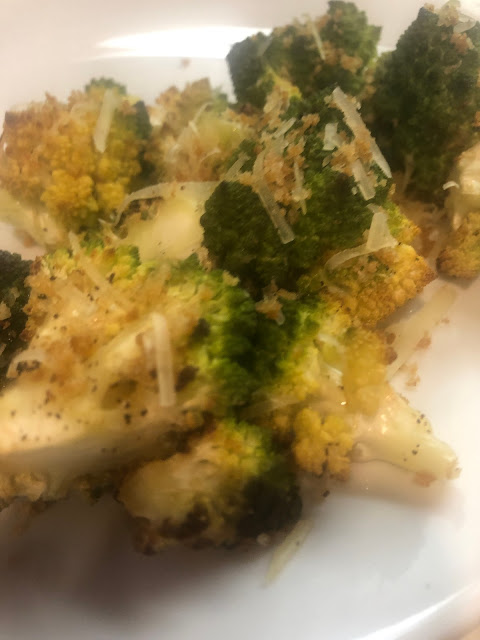For the last number of months I've been making a concerted effort to increase my wine knowledge. I've enjoyed wine for many years and I have been getting some very high quality wines from Sonoma County and the Livermore Valley via the "more than one" wine clubs we belong to. We also get wines from a San Francisco wine negociant who sells his wine online under two different names.
As a part of my recent wine education, I read Aldo Sohm's Wine Simple, which is a book that I would highly recommend if you want to learn more about wine making and the various varietals there are around the world. Living in California, it's easy to just drink great California wines. You really don't need to venture any further since there is so much great wine right here. But this book really pushed me to expand my wine knowledge and explore other countries and varietals. I've been exploring French Bordeaux wines and new varietals such as Nero D'Avolo, Nebbiolo, and Barolo.
But at the same time as I've been exploring wines that might be considered at more of the top end, I've found a few websites that unearth some great, inexpensive wines that I've also been tasting and enjoying.
If you are lucky enough to live close to a Trader Joe's, then you have a great source of good, inexpensive wine. Think good quality weeknight wines that won't break the bank.
Here are a few inexpensive wines from Trader Joe's that I've tried recently:
Epicuro Primitivo
This wine was $5.99. Primitivo thrives in California where it's known as Zinfandel. The varietal is originally from Croatia. This Italian wine is lighter than the over-the-top California fruit bombs Zins, but it had a nice nose. It is dark fruit forward with a nice finish that was slightly peppery. Perfect for a rainy, cold November weeknight pasta dinner. I would get this wine again in the future for weeknight meals. If you don't believe me, check out this review.
Epicuro Nero D'Avalo
This was $4.99. Nero D'Avalo is the name of the grape grown in the Sicilian region of Italy. Unlike Primitivo/Zinfandel, this varietal is pretty unknown here but there are a small number of California winemakers experimenting with it. Despite the dark garnet color ("nero" means black in Italian), the wine is pretty smooth with lot of dark cherry fruit up front. Then it briefly turns a bit bitter like a prune. But the medium tannins on the finish clear it all out. This was very drinkable but not my favorite. But if you're curious to try wine from a grape you've never heard of this is an affordable adventure. I think this would go well with that weeknight pizza you either made or brought home.
Chateauneuf-du-Pape
This wine was $13.99. It's a Grenache-based, Southern Rhone blend. Chateauneuf-du-Pape is the name of the large appellation that produces almost as much wine as the Bordeaux region. The main grapes that are grown in the appellation are Grenache, Syrah, and Cinsault. This TJ's steal is 50% Grenache, 25% Syrah, 15% Mouvedre, and 10% Cinsault. This wine easily competes with $40 bottles of similar wine. It is a very approachable and friendly wine with lots of red fruit flavors and a touch of leather and herbs. It opens up with time after you have bottle open. I would suggest decanting or at least uncorking for an hour before serving. I will definitely be picking this one up again.
Pontificis GSM Red Blend
This wine was $6.99. This wine is from the large Languedoc-Roussillon region in Southern France. GSM is shorthand for the red blend that uses Grenache, Syrah, and Mourvedre grapes. These Grenache-based blends are common in Southern France (including the wine above). This wine is 40% Grenache, 35% Syrah, and 25% Mourvedre. The Grenache is the lightest in color but it adds a lot of fruit flavor. Syrah provides the ruby red color and the darker fruit flavors like plum and blueberry. Mourvedre is similar to Syrah but it adds some tannins and counterpoints to the Syrah. Each winemaker can experiment with the blends to try to get the wine they want. This was a very enjoyable wine. Good fruit flavors and very pleasant to drink. Another wine I will be picking up again for a weeknight dinner.
Those are just a few of my recent tastings. I will continue to post more. Let me know if you have an TJ favorites.
Here are some links you can also explore:
https://www.reversewinesnob.com/search/label/trader-joes/
http://thefermentedfruit.com/guide-to-trader-joes-wine-prices-top-selections/
https://thekrazycouponlady.com/tips/store-hacks/trader-joes-wine
https://vinopointer.com/our-lucky-13-most-recent-reviews-of-wines-from-trader-joes/

























